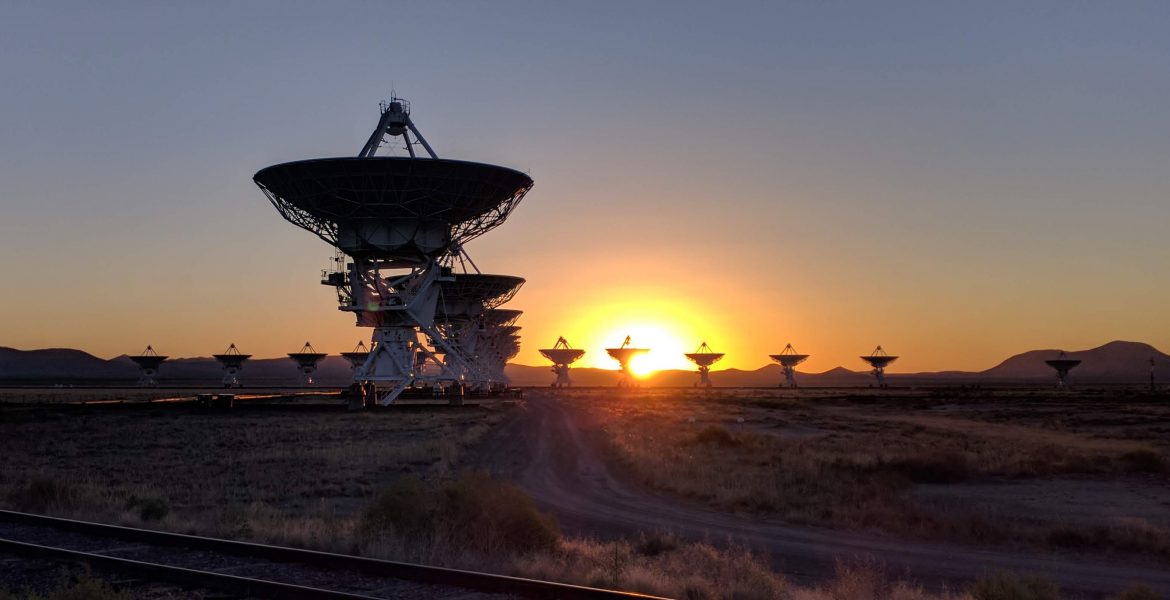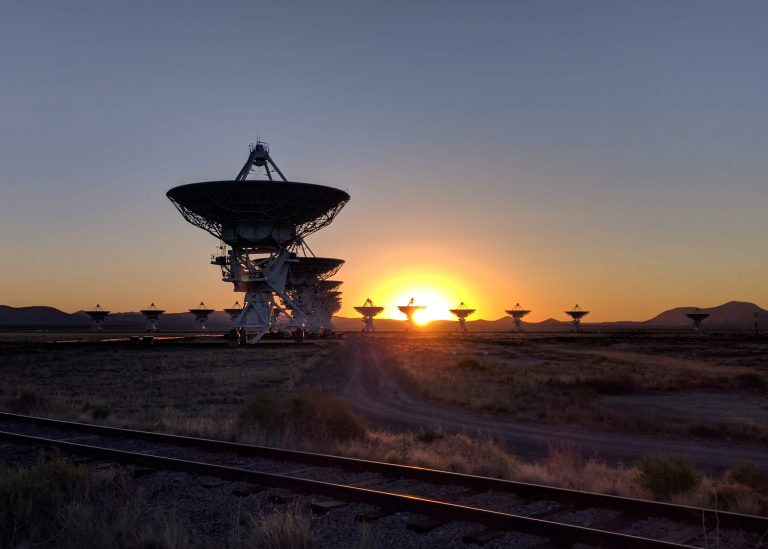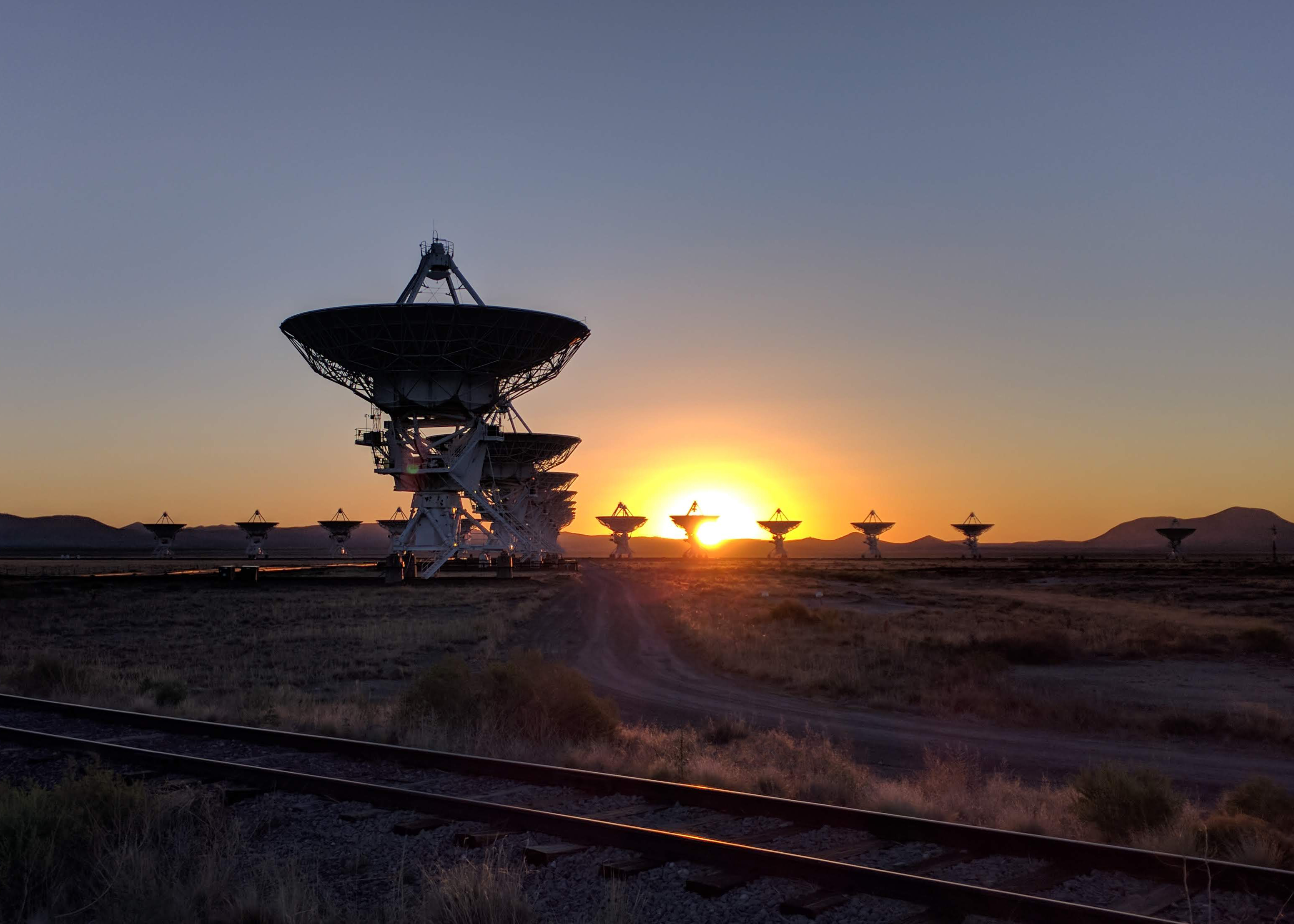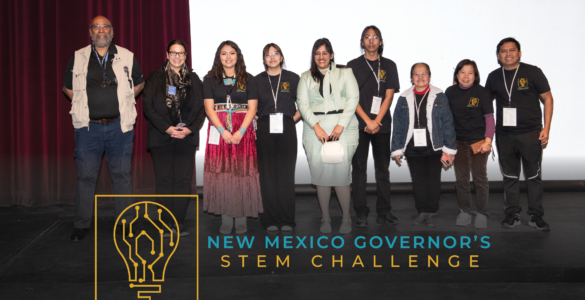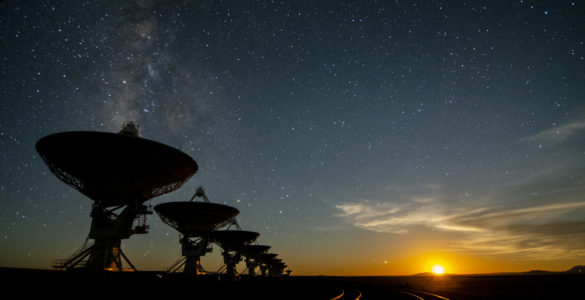A central mission of the National Radio Astronomy Observatory (NRAO) is to nurture and inspire the next generation of radio astronomers. One way NRAO does this is through the Jansky Fellowship Program. Jansky Fellows are allowed to pursue their personal research interests with the support of NRAO observatories. This year, five postdoctoral awards were made.
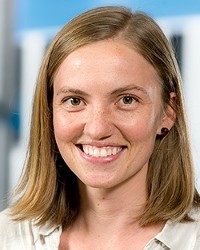
“I’m looking forward to working with the many experts in Charlottesville,” said Kimberly Emig. Her doctoral work has focused on the gas and dust of interstellar space. When interstellar gas is exposed to the intense light of large stars, it ionizes. Electrons in the gas break free of their atoms. When the atoms and electrons recombine, they emit radio light. Kimberly can observe this light through observations made by the Very Large Array (VLA). “My goal is to study the interstellar medium and its role in the evolution of galaxies.”
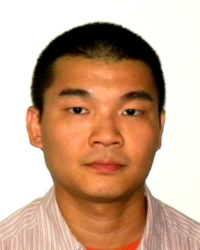
Bang Nhan studies the early universe in the period known as the Cosmic Dawn and Dark Age. It is the time after the hot glow of the Big Bang, but before the first stars and galaxies were born. Since there is no starlight during this time, he studies the period by observing the radio emissions of neutral hydrogen, sometimes called the 21-cm line. “A common challenge in the 21-cm observation is to extract the weak cosmic signal embedded in our own bright Milky Way,” Bang said. To capture the faint signal of the early universe, Bang will be upgrading the telescope at Green Bank known as the Cosmic Twilight Polarimeter (CTP), to better observe this neutral hydrogen.
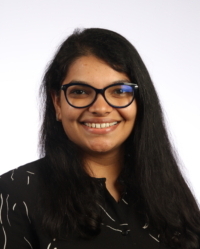
Pallavi Patil studies a different period of the universe, known as Cosmic Noon. It is a time about 10 billion years ago when galaxies were their most active. Pallavi’s doctoral research focused on active supermassive black holes during this period. “As a Jansky Fellow, I will study a special class of galaxies that have recently ignited supermassive black holes.” Pallavi said. Galaxies with active black holes are rare in the nearby universe, but were more common during Cosmic Noon. They play an important role in the formation of galaxies. “I can’t wait to be a part of the astronomical community at NRAO Socorro.”
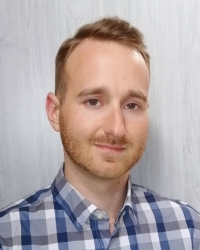
“It’s an incredible honor to be selected as a Jansky Fellow to work at the NRAO,” said Jacob White. Through Measuring the Emission of Stellar Atmospheres at Submillimeter/millimeter wavelengths (MESAS), Jacob has been studying the atmospheres of stars. MESAS looks at the radio light emitted by a star’s atmosphere through observatories such as the Atacama Large Millimeter/submillimeter Array (ALMA). Young stars often have circumstellar debris, which also emits radio light. It can be difficult to distinguish radio light from stars versus light from debris. For his fellowship, Jacob plans to build a catalog of the radio emissions of stars, to better distinguish between the two.
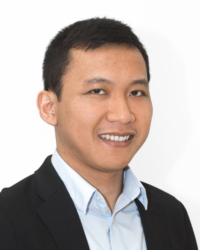
Dyas Utomo plans to study molecular gas in deep space. The interstellar medium is made mostly of hydrogen, but only a fraction of it is cold enough to form molecules. “I will approach my research by gathering high-resolution observations in a large number of nearby galaxies,” said Dyas. He is interested in how interstellar gas forms into molecules, and how molecular clouds form into stars. Dyas hopes to capture a variety of environments that may affect star formation. “I’m glad to continue my research at NRAO Charlottesville and looking forward to collaborate with people there,” Dyas said.
The goals of these Jansky fellows are ambitious. Each brings a tremendous amount of skill to their work, and with the support of the NRAO these scholars will broaden our understanding of the universe in new and exciting ways.
Watch this space.


